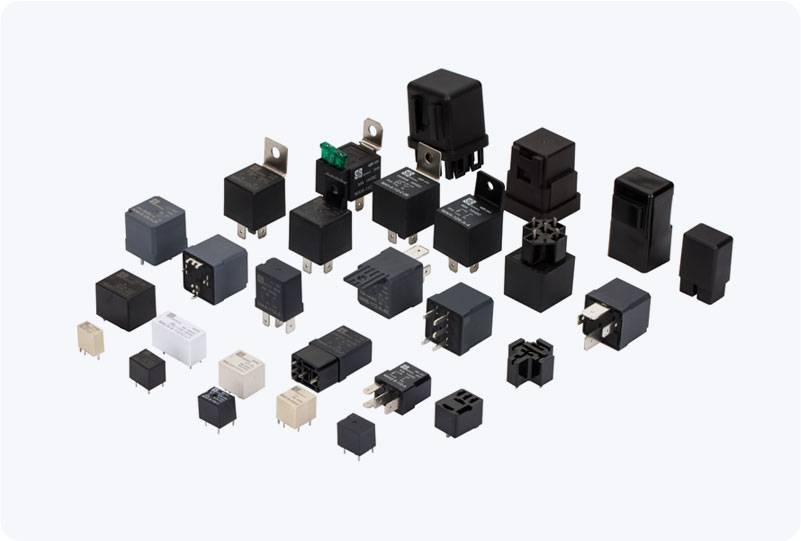automotive relay coil specifications: understanding key features and performance requirements
Release time:2025-05-04 17:43:56
Automotive relays play a crucial role in the electrical systems of vehicles, acting as electrically operated switches to control various devices, from lights to more complex systems like air conditioning and engine management. The coil of an Automotive relay is a critical component that needs to meet specific performance specifications to ensure reliable operation in harsh automotive environments. This article aims to explore the essential specifications of Automotive relay coils, their functions, and the factors influencing their performance.

What is an Automotive Relay Coil?
At the heart of an automotive relay is the coil, a wound wire that generates a magnetic field when an electric current flows through it. This magnetic field is used to operate the relay's switch mechanism, allowing it to control larger electrical currents with minimal power input. The coil's characteristics, such as its resistance, voltage rating, and current capacity, directly impact the relay's efficiency and reliability.
Key Specifications of Automotive Relay Coils
Coil Resistance
One of the most important specifications of the relay coil is its resistance, typically measured in ohms (Ω). Coil resistance determines the amount of current required to activate the relay. In automotive applications, the coil resistance is designed to ensure that the relay is activated with the correct voltage supplied by the vehicle’s electrical system, which typically operates at 12V or 24V. A low resistance value allows for a quick activation response but may also lead to higher current draw, whereas a higher resistance value can reduce current consumption but may require more time to activate the relay.


